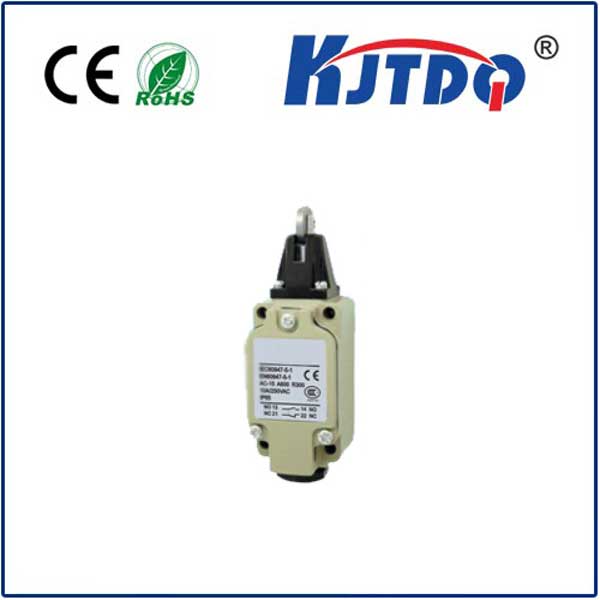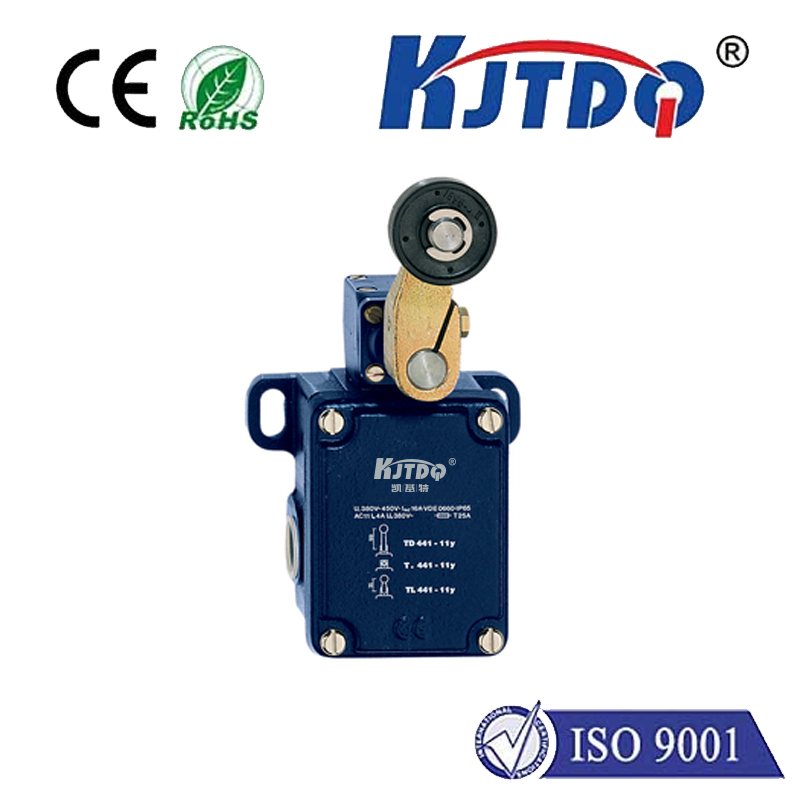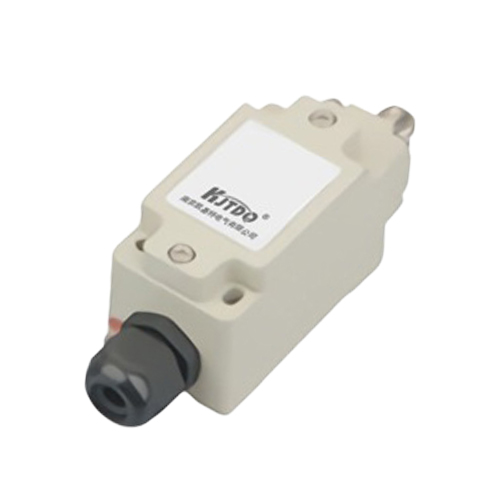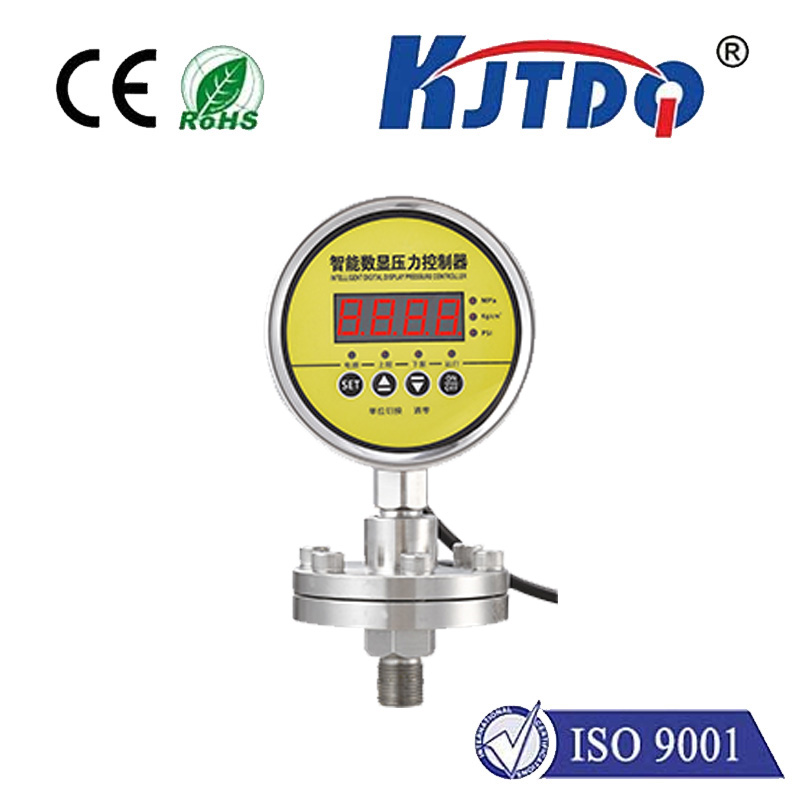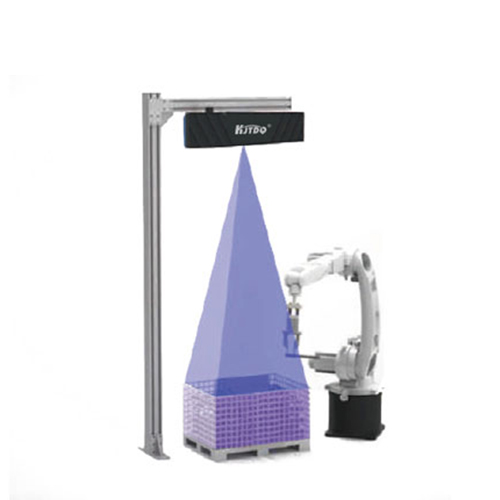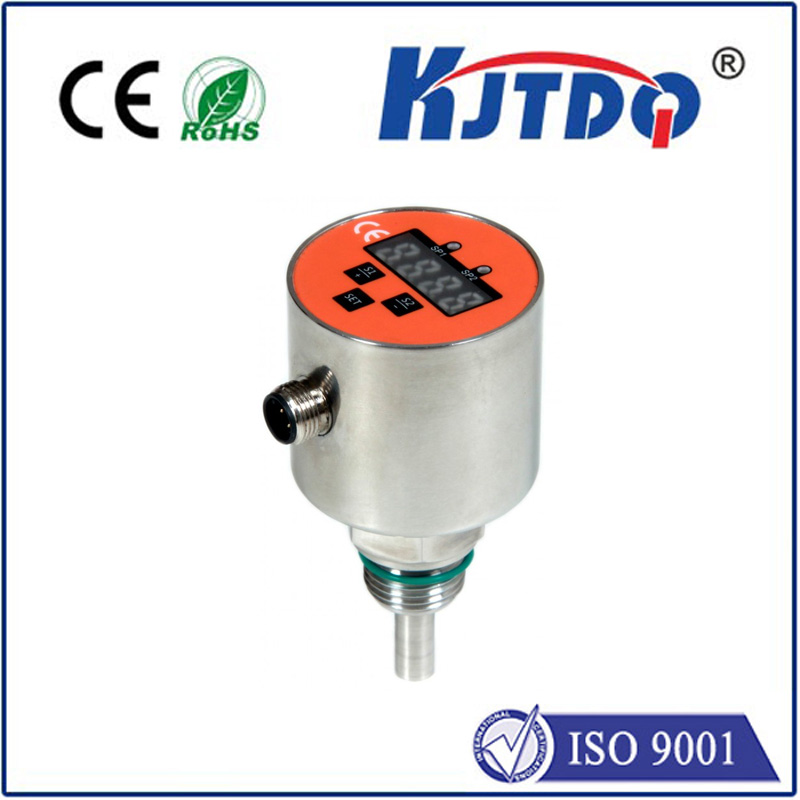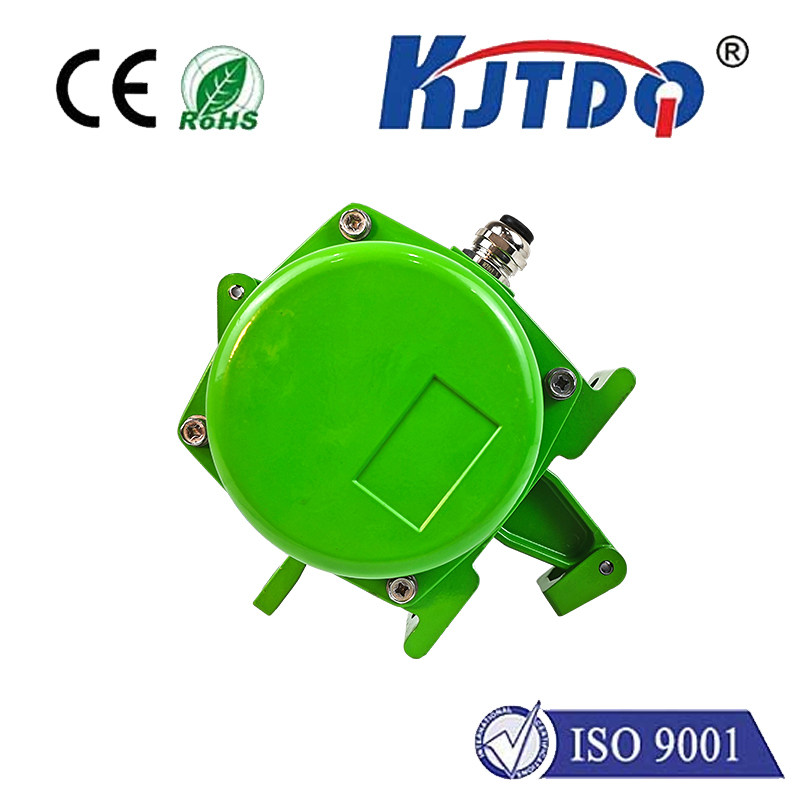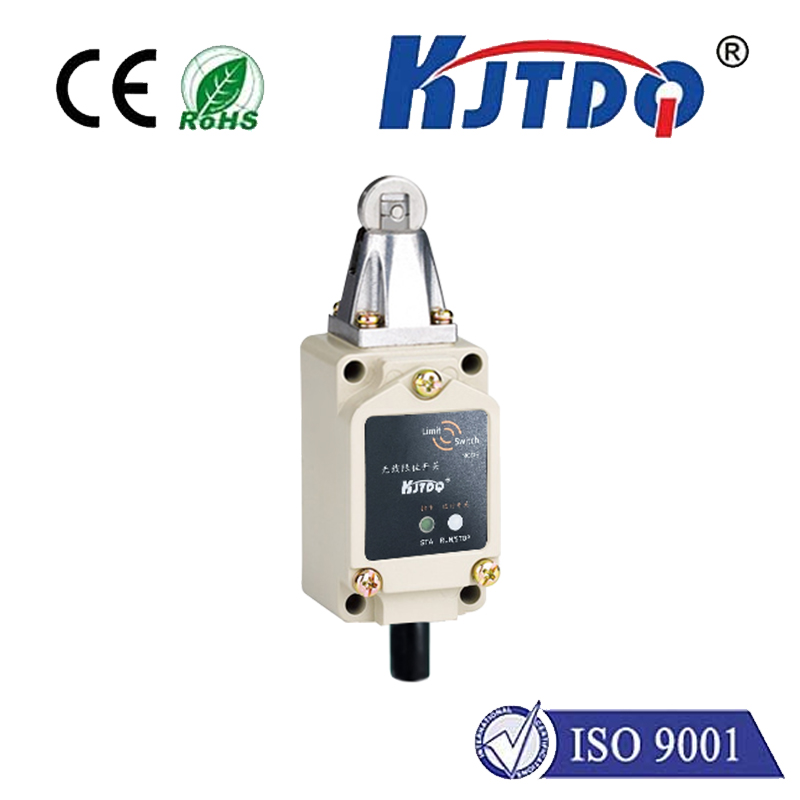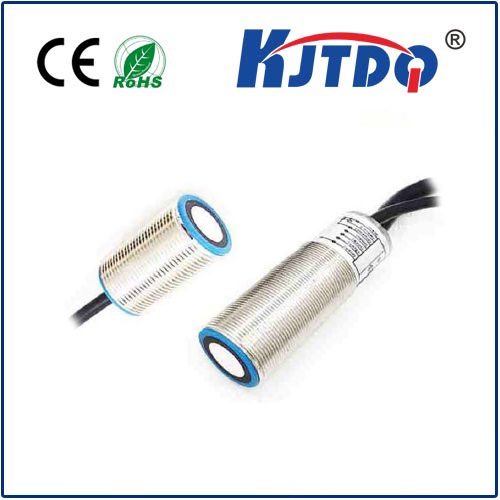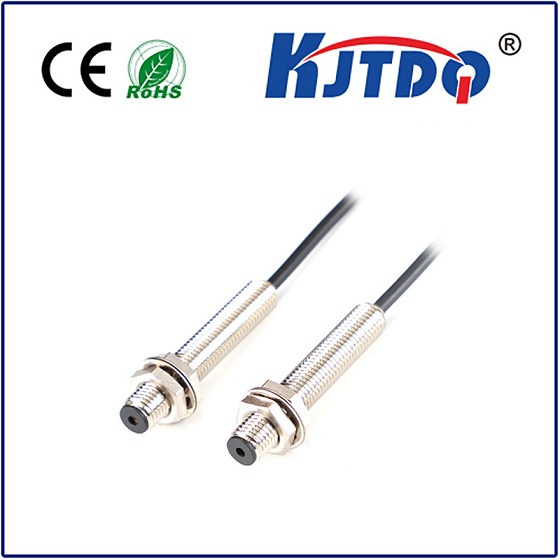photoelectric proximity sensor
- time:2025-07-23 12:44:33
- Click:0
Unseen Sentinels: The Photoelectric Proximity Sensor Revolutionizing Object Detection
Imagine a production line humming with precision, robots assembling intricate components, or packaging flying off at blistering speeds. Now, imagine ensuring flawless operation without physical contact, despite dust, varying materials, or demanding environments. This is the silent, invisible world governed by the photoelectric proximity sensor, an indispensable technology in modern automation. Far more than just an “electric eye,” these sophisticated devices provide reliable, versatile, and non-contact sensing, forming the bedrock of countless industrial and consumer applications where safety, efficiency, and precision are paramount.
Seeing the Unseen: The Core Principle
At its heart, a photoelectric proximity sensor operates on a beautifully simple yet powerful concept: light and detection. It consists of two fundamental components:
- Emitter: Typically a focused LED (Light Emitting Diode), often infrared (IR) for its invisibility and resistance to ambient light interference, but sometimes visible red or even laser for specific applications. This element projects a modulated light beam.
- Receiver: A photodiode or phototransistor specifically tuned to detect the wavelength emitted by its partner. It constantly monitors incoming light levels.
The core magic lies in how the presence of an object interrupts or alters this light path. This change is precisely what the receiver detects, triggering an output signal – confirming the object’s presence within its defined sensing range.
Mastering Different Environments: Sensor Types

Not all sensing scenarios are identical. Photoelectric proximity sensors come in distinct configurations, optimized for various challenges:
- Through-Beam (Opposed Mode): This is often considered the most robust. The emitter and receiver are housed in separate units installed directly opposite each other. The object is detected when it physically breaks the light beam traveling between them.
- Advantages: Longest possible sensing ranges (often meters), highly reliable, least susceptible to target color, reflectivity, or surface finish.
- Disadvantages: Requires wiring and mounting two separate units, more complex installation alignment.
- Retro-Reflective: Here, both emitter and receiver reside in the same housing. They rely on a specialized reflector placed opposite the sensor. The emitted beam travels to the reflector and bounces directly back to the receiver. An object is detected when it blocks this return beam.
- Advantages: Easier installation (only one unit to wire/mount, plus reflector), good sensing range, more compact than through-beam.
- Disadvantages: Sensitive to the reflector getting dirty, limited range compared to through-beam. Shiny objects can sometimes reflect the beam before reaching the reflector, causing false positives. Polarized filters are often used to mitigate this.
- Diffuse (Proximity Mode): The most common type, combining emitter and receiver in one compact unit. The sensor detects the object itself by measuring the diffuse reflection of its emitted light bouncing off the target surface and back to the receiver.
- Advantages: Simplest installation (only one unit), detects objects without a separate reflector or opposing unit.
- Disadvantages: Sensing range is the shortest of the three types. Performance is heavily influenced by the target’s color (darker absorbs more light) and surface finish (shiny reflects more light than matte). Requires careful selection and setup for specific targets.
Why Photoelectric Proximity Sensors Dominate
Their widespread adoption across industries like manufacturing, packaging, material handling, automotive, food & beverage, and even consumer electronics stems from compelling features and benefits:
- Non-Contact Detection: Eliminates wear and tear on both the sensor and the target object, ensuring long operational life and reliability.
- High Speed: Capable of detecting objects moving at extremely high speeds, far exceeding the capabilities of mechanical limit switches.
- Long Sensing Range: Especially true for through-beam models, allowing detection over significant distances.
- Versatility: Can detect virtually any solid object, regardless of material (metal, plastic, wood, glass, liquid levels, etc.), provided the correct sensor type and setup are chosen for the target’s properties.
- Resilience: Modern sensors offer robust designs, resistant to ambient light interference (thanks to modulated light), vibration, washdowns (IP67/IP69K ratings), and challenging industrial environments.
- Compact Design: Fits easily into tight spaces on machinery and production lines.
Putting Technology to Work: Diverse Applications
The object detection prowess of photoelectric proximity sensors makes them ubiquitous:
- Counting: Tracking bottles on a conveyor, pills in packaging, parts off an assembly line.
- Position Verification: Confirming a robot arm has reached its target, a door is closed, or a workpiece is properly located.
- Level Detection: Monitoring material levels in bins, silos, or tanks (clear liquids, pellets, powders - depending on sensor type).
- Objects Presence/Absence: Detecting missing labels, verifying components are present before assembly, ensuring packaging tubes contain product.
- Web Break Detection: Sensing a break in paper, plastic film, or fabric.
- Sorting: Identifying objects based on height or profile using multiple sensors.
- End-of-Travel Detection: Safely halting moving parts like gates or lifts.
- Security: Intruder detection, door monitoring.
Selecting the Right Sentry: Key Considerations
Choosing the optimal photoelectric proximity sensor hinges on several critical factors:
- Type: Through-beam, Retro-reflective, or Diffuse? (Driven by range, target, and mounting constraints).
- Sensing Range: How far away does the target need to be detected? Remember, diffuse sensors have the shortest range.
- Target Properties: Size, color, material, surface finish (especially critical for diffuse sensors).
- Operating Environment: Dust, dirt, moisture, temperature extremes, ambient light levels, washdown requirements? Look for appropriate IP ratings and environmental specifications.
- Output Type: Discrete (NPN/PNP transistor switching) or Analog? Output configuration (Normally Open/Normally Closed)?
- Electrical Requirements: Supply voltage (e.g., 10-30V DC), current consumption.
- Mounting and Size: Space constraints dictate physical form factor.
The Invisible Engine of Automation
From ensuring flawless bottle filling to preventing robotic collisions and guaranteeing package integrity, photoelectric proximity sensors are the unseen heroes silently orchestrating modern automation. Their ability to deliver precise, reliable, non-contact object detection across a vast spectrum of conditions makes them an irreplaceable technology.
Whether it’s the long-reach capability of a through-beam sensor monitoring pallets on a high bay, the convenience of a retro-reflective unit verifying gate closure, or the compact simplicity of a diffuse sensor counting small parts, understanding their working principles, types, strengths, and selection criteria is key to leveraging their full potential. More than just simple switches, they represent a sophisticated synergy of light, electronics, and engineering, enabling machines to “see” their tasks with unparalleled accuracy and reliability.












